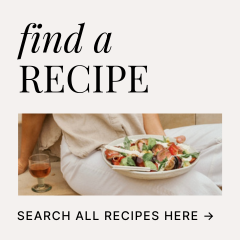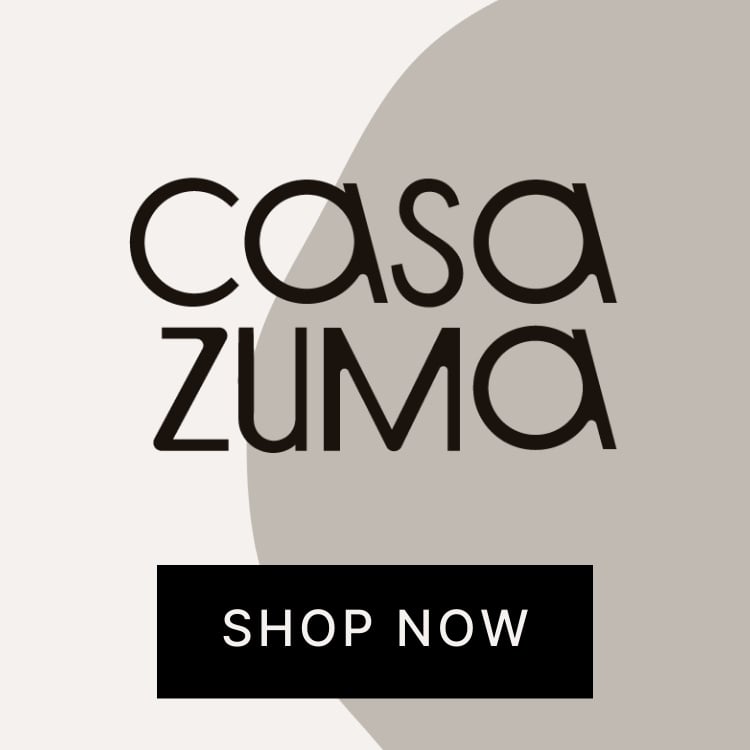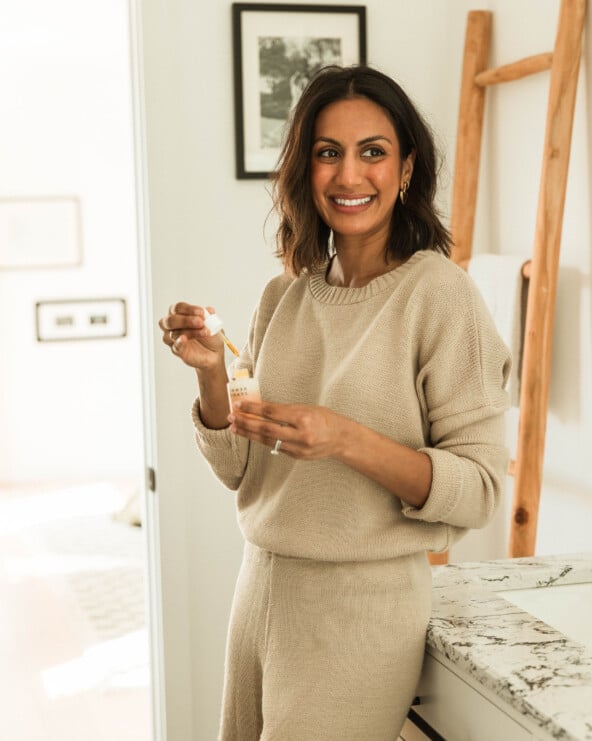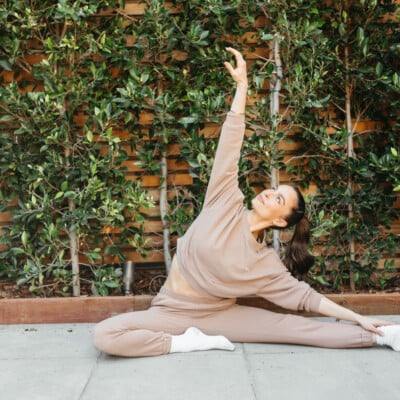I used to be all about my horoscope. It helped me justify my own personality traits, guided me through complicated life choices, and even navigate relationships. “He was a total Leo. It never would have worked out.” Recently I’ve ditched my astrological chart for the seriously cool world of Enneagrams. But what is Enneagram you ask? To save you the google, it’s a study of nine basic interconnected personality types. In other words, it’s the perfect concept to bring up at your next girls’ night out.
The first time I got the deep-dive on the Enneagram was when I met Elle Worsham of Austin-based, Beyond Your Type. The Enneagram expert held an informative session during our recent Camille Styles Editor’s Summit. Over wine and cheese, Elle walked us through our individual personality types and what those numbers actually mean.
Featured image by Michelle Nash.
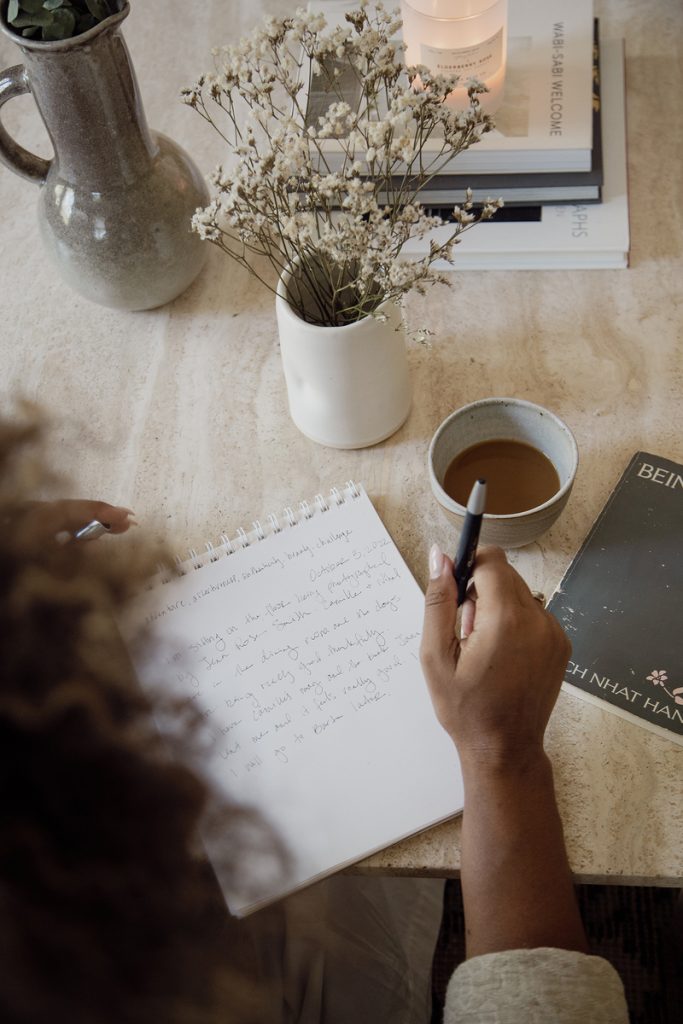
What the Enneagram Really Is—and What It Means for You
With this one cool concept, she took a group of women from across the country—most of whom might’ve been “IG besties” but had actually never met IRL—and showed us how our Enneagrams could help us learn more about ourselves, and quickly connect with each other in a way that didn’t feel so intimidating among strangers.
This was a radically freeing experience.
The most enlightening part of this session however, was when Worsham explained how we are so much more than just our enneagram number. In fact, the purpose of knowing our type’s character traits and habits isn’t so that we can live by them. Quite the contrary, it’s so we can “get out of our own way” (her words!) and strive toward becoming better versions of ourselves. Easier said than done but hey, what are we if not works in progress?
After our session was over, I knew I needed to share Worsham’s wisdom with the world. A few days later, we met up for coffee and found ourselves geeking out on all things Enneagram. We talked about how she got so invested, what her type is (a classic 7!), and how knowing our own Enneagram number helps us in our personal lives, our relationships, and our work.
Read on to learn more about your own Enneagram, and what it all means for you.

Elle, tell us about your background and how you fell into the enneagram space.
Enneagram fanatic, Type 7, Registered Nurse, dog mom, lover of the great outdoors, and creative entrepreneur. For most of my life, I found myself in the same frustrating scenarios. I’d move cities, change jobs, start a new relationship thinking this time will be different. I won’t end up stuck in that place again. This will be the city, job, or relationship where I would really fly. The newness would fade, and there I was again, getting in my own way. Enter: the Enneagram.
The Enneagram has led me to greater awareness, healing, and transformation both personally and relationally than any other tool. I am passionate about guiding others to the same freedom I have found. I am also a Registered Nurse with a B.A. in psychology who is passionate about joining others on their journeys to healing and self-discovery. After studying and using the Enneagram for my own personal, relational, and career growth for four years, I decided to pursue formal training as an Enneagram Coach. I am currently studying under the renowned Beatrice Chesnut and Uranio Paes at the Chesnut Paes Academy to become a CP Certified Professional.

Tell us a bit more about your business, Beyond Your Type.
At the core of Beyond Your Type, I believe that knowing your [Enneagram] type is just the beginning. We offer Enneagram coaching for individuals and teams who want to enhance their personal growth, deepen their relationships and access their true potential. I work with teams and individuals to enhance their emotional intelligence (EQ) through the lens of the Enneagram. Extensive research shows a high EQ is a key to success in leadership and work. I believe this to be true for personal and relational health as well.
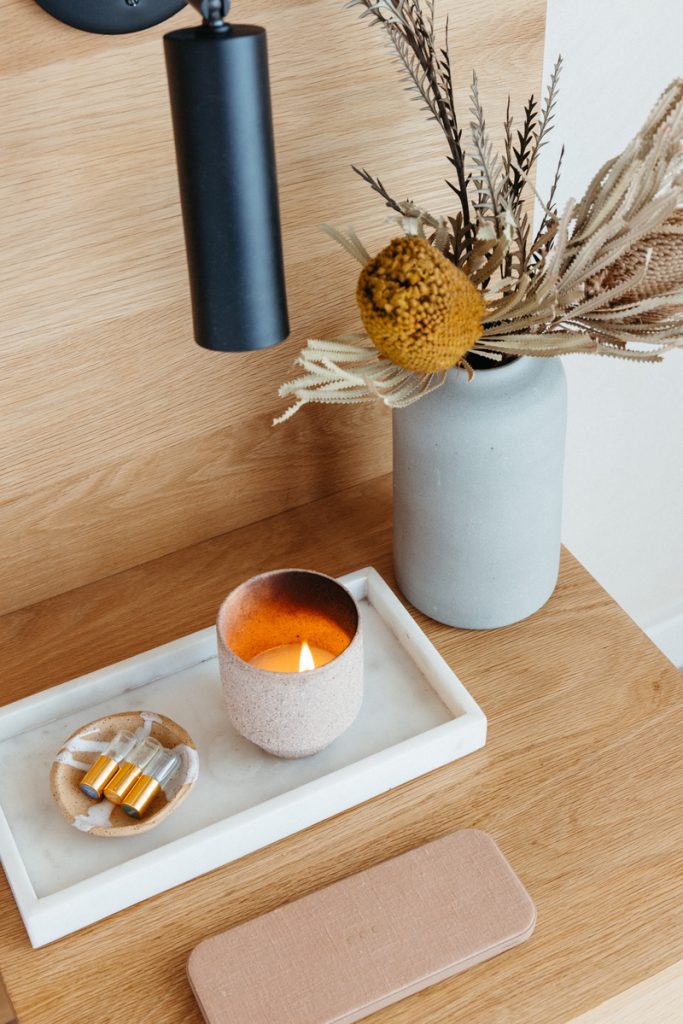
What is an Enneagram test?
This is a controversial topic in the Enneagram world these days. We humans, particularly Americans, want a quick assessment, diagnosis, and remedy to fix ourselves. However, I do not believe tests are the best way to discover your type. Test results can be conditional based on when, where, and why you took the test. It is best to read about and study all nine types to discover which is your dominant type. If you’re still stuck, schedule an Expert Typing Interview with me or another trained Enneagram Coach to help guide you to your type.
During the Expert Typing Interview, I will ask you similar questions as a test might but in this conversational assessment, I have the opportunity to ask you follow-up questions to your answers. You have the ability to elaborate and tell me more about how a certain attribute or behavior may or may not show up for you. This conversation allows me to get to the root of your behavior, to circle back to ask clarifying questions, and to help you hone in on your core motivation.
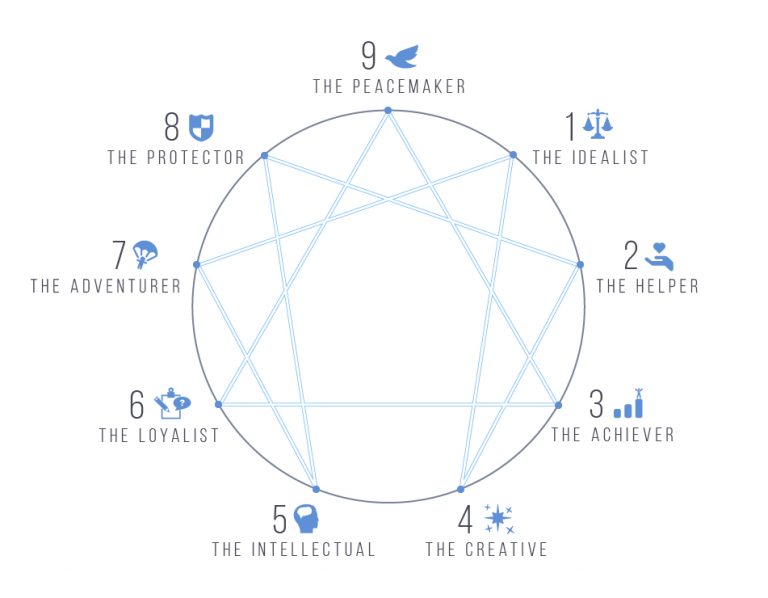
What are the Enneagram types?
The constructs type, personality, ego, and false self are all synonymous. They represent a “mask” we wear which has helped us to survive and cope throughout our lives. However, these masks keep us blind to ourselves and prevent us from living a more integrated, conscious life. There are nine main types, or masks, represented in the Enneagram of Typology symbol.
The Enneagram is rooted in a belief that there are nine core motivations driving human behavior and that one of the nine core motivations drives the behavior of each type. Our quest to determine our type is not so that we can simply find our strengths and weaknesses associated with our type’s personality. Our quest to find our type is to help us see the mask of personality we have been wearing that keeps us separated from others and prevents us from experiencing real transformation.
Instead of focusing on the strengths and weaknesses of each type, I’d like to provide you with a self-limiting belief of each type. These beliefs drive the behavior of each type. While these beliefs may seem valuable, it is important to recognize that in our personality we over-operate from this belief. Our work is to understand how this belief can lead to either us hurting ourselves or hurting others.
The self-limiting beliefs for each type:
Type One: Perfection is possible. I must strive to uphold the highest standards to be good and do the right thing in order to avoid fault or mistake.
Type Two: People like people who say yes and are happy. I don’t have as many needs as others so it’s easy to say yes. Plus, saying no might cause someone to not like me.
Type Three: I have a higher capacity than others to complete tasks efficiently. I must avoid failure at all costs and should be present to make sure things go well.
Type Four: I am defective. And, I am also special. I must live authentically so I can live a meaningful life.
Type Five: Others will take more from me than I have to give. I must create boundaries or withdraw from others to protect my time and energy. It’s safer to feel my emotions alone.
Type Six: If you aren’t prepared, you aren’t safe. If I can think of all that could go wrong, I’ll protect myself from harm. People are hard to trust.
Type Seven: Life is an adventure. There is always a silver lining, you just have to look for it. So, why would you stay sad if you can pick yourself up and move on?
Type Eight: Vulnerability equals weakness. I need to be strong to survive.
Type Nine: Conflict puts people at odds with one another. It is easier to go along with what others want to keep the peace than to assert my opinions and desires.

What is an Enneagram ‘wing’?
Enneagram wings are simply the numbers that straddle your dominant type. For example, I am a dominant Type 7. Therefore, my Enneagram wings are 6 and 8. Another example, if someone is a Type 9, their wings are 8 and 1. One more, if someone is a Type 4, their wings are 3 and 5. I believe there is a big misconception about Enneagram wings. I know this is going to be another controversial topic and (hopefully) will blow people’s minds who already know about the Enneagram, like it did mine.
Think of wings like wings. Literally, like wings on a bird. Birds need two well-formed, balanced wings in order to fly. If they aren’t balanced or equal, they can’t fly. I actually just found out from my friend who is a new chicken owner that you have to clip your chickens’ wings so they don’t fly away.
In ego, or in type rather, we tend to have over-operated from one wing, meaning maybe we possess more characteristics from one wing than the other. However, our work is to learn to consciously move to the other wing to begin to develop strengths of the wing we access less frequently to help us on our personal growth journey.
You may have been taught to view wings as an extension of your type, almost acting like a subtype. Perhaps you’ve heard someone say, “I’m a 7wing6.” This theory on wings really doesn’t utilize the wings for growth but only justifies more fixed unconscious behaviors. Instead, try thinking of using the wings for what they are intended: to help us stretch, grow and fly.
Yes, it is true that we may naturally have a stronger connection to one wing than the other and may find that in personality, in ego, we move unconsciously to that wing than the other. However, we can consciously move to both of our wings to aid our growth. Spending conscious time in your wings and learning the strengths of that type will help balance you out and launch your growth.
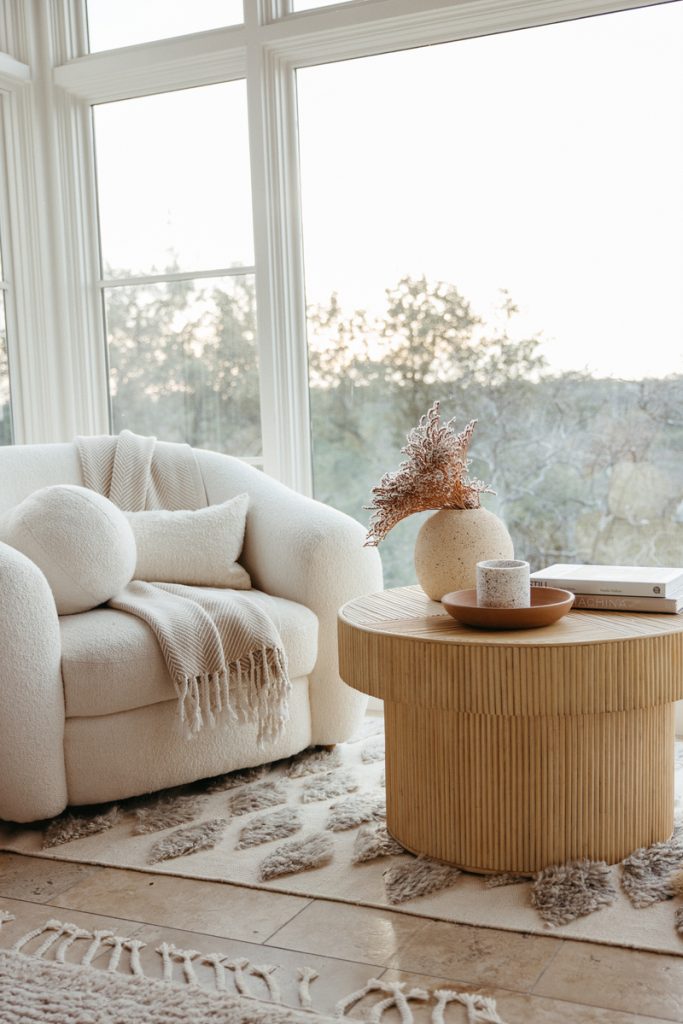
I am an Enneagram 9. Which Enneagram type should I be ideally striving for to reach my best self? And what about the other types?
The Enneagram symbol is a map, the symbol itself is saturated with wisdom. The map plots a growth path for each number, to help us move beyond our type. Never, ever were we supposed to find our type and stop there. Finding our type is just the beginning, it’s our starting point on the map. Our type, our number, the fixed point on the map represents who we are in ego, stuck in one place.
We are made to be evolving and learn from one another. If we remain in type, fixed on our point on the map, we will never access our true potential. Once you find your starting place on the map, your type, the map will show you where you need to move to foster deep growth and transformation to shed your ego and recover your true self.
There is a deliberate path each number should follow along the map to aid their growth journey. Like in all healing work, we must move back to tend to the wounds of our past to reclaim parts of ourselves we repressed or abandoned before we move forward to the future to access our truest potential.
There is an important order of movement for each type regarding these growth movements. Each type should consciously move backward before moving forward for both wing movement and arrow movement.
For example, if you are a Type 9:
Move to Type 8 before moving to Type 1, travel counterclockwise before clockwise for wing movement
Move to Type 3 before moving to Type 6, travel against the arrow before traveling with the arrow for arrow movement
If we try to move forward before moving backward, we won’t be equipped to fully take on the traits of the forward numbers because we have not healed from our past wounds.
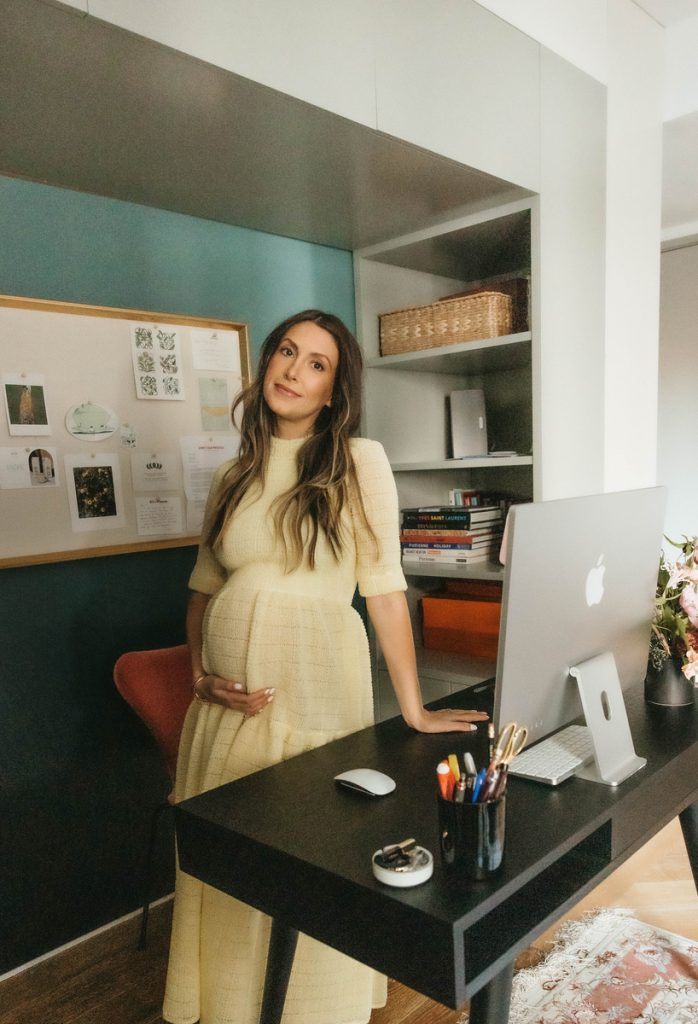
How does Enneagram help in work and in life?
The Enneagram is a powerful tool used to enhance your emotional intelligence and personal growth. It’s rooted in thousands of years of ancient wisdom. Finding your type helps you to identify, confront and accept your strengths and weaknesses. The map charts a growth path for each type, using the arrow lines to point you on your journey beyond your type for radical and evolutionary growth.
It can help you see yourself more clearly, deepen your understanding of others, overcome your fears, free you from destructive behaviors and ultimately, guide you to recover your true potential that lies within. Some people have a resistance to the Enneagram because they think it’s just another personality test and “they don’t want to be put in a box.”
I have some news for you: we’re all in boxes. The Enneagram exists to reveal to you what box you’re already in and the way out. This map can be a transformational tool if you are brave enough to embark on its course set out for you. This is a journey of self-observation, self-inquiry, and self-development.
The Enneagram will challenge your fixed ways of thinking. The Enneagram will ask you to let go of behaviors that keep you stuck. The Enneagram will wake you up to your truest self.

What should I do with my Enneagram number once I know what it is?
The Enneagram is truly a framework that can be used for personal growth for the rest of your life. There are so many layers to this incredible framework. And luckily, there are incredible resources out there to learn more. I suggest listening to the Enneagram 2.0 podcast with Bea Chestnut and Uranio Paes for incredibly rich teaching of the Enneagram. Start from the beginning!
Additionally, I invite you to check out my free resources at beyondyourtype.co/resources or follow me at @beyondenneagram for endless Enneagram knowledge.
The key to this work is to continue down the path with others. This work isn’t meant to be done alone. We must learn from each other how to integrate other types’ strengths, intelligence centers, and instincts to flow freely around the map. Individually, we are incomplete; together, we are whole.
So, find a friend to hold you accountable or take it a step further and embark on Enneagram coaching for yourself or your team. I offer a 6-session one on one Intro to the Enneagram coaching program first so that you have a deep understanding of your type’s ego patterns and your type’s path towards your true self. And, I love nothing more than bringing the Enneagram into the workspace to revolutionize team dynamics. To find out more about my services, head to my website and submit an inquiry to schedule a call to get started!
Individually, we are incomplete; together, we are whole.
We’re all beautiful and broken. Our greatest strengths can often be our greatest weaknesses. Our strengths can also be our Achilles’ heel. That being said, in personal growth, we must be brave enough to admit when our behaviors and beliefs are limiting us from living a freer, more loving, and compassionate life.
All you need to remember after you discover your Enneagram number, is that for the rest of your life your freedom is found when you journey beyond your type.
